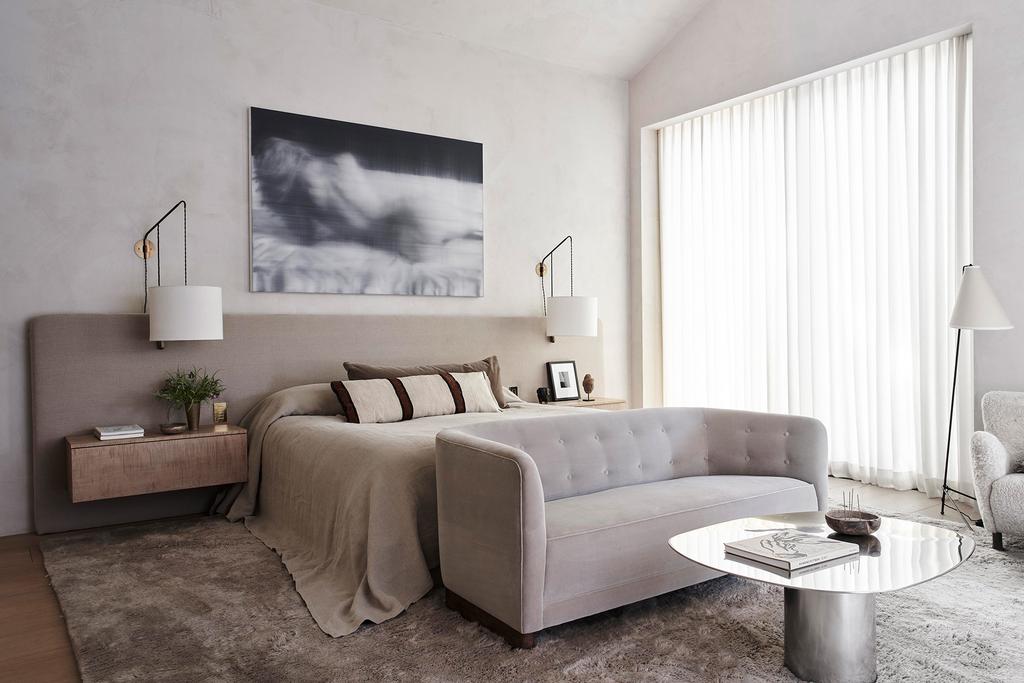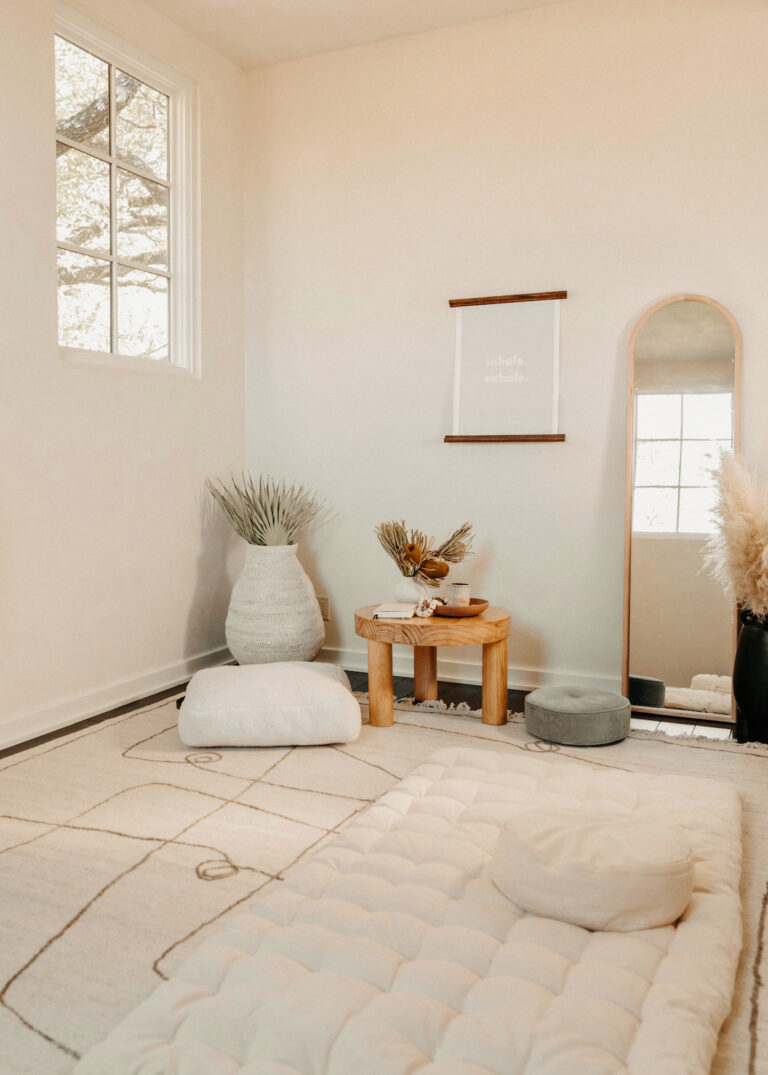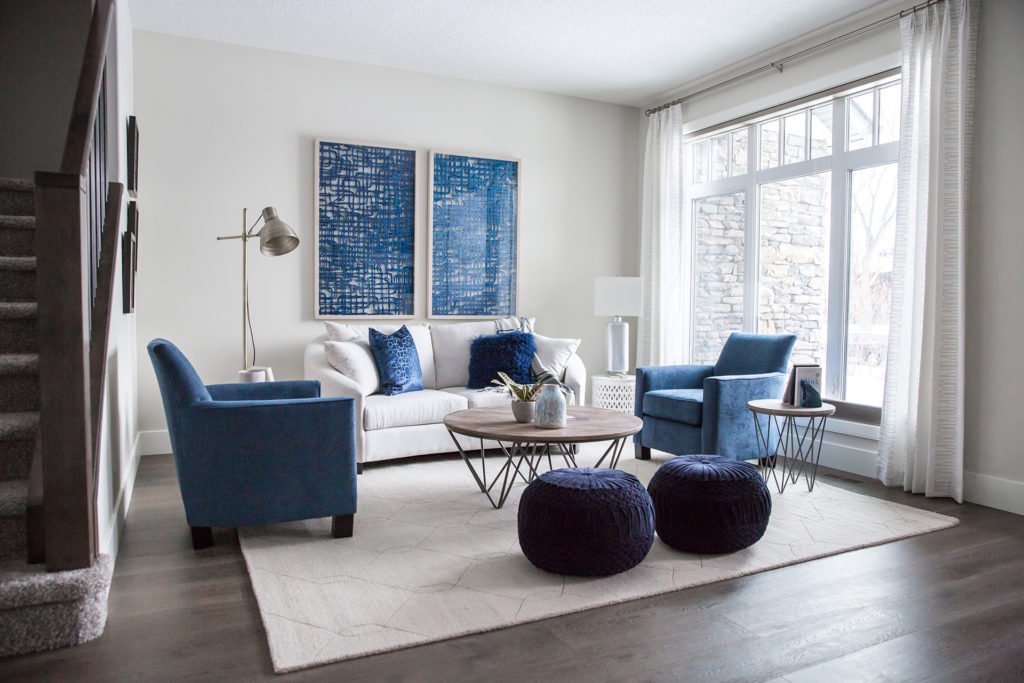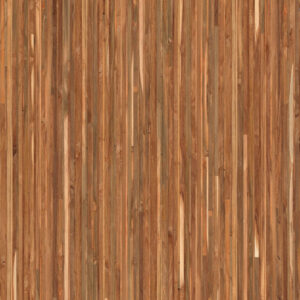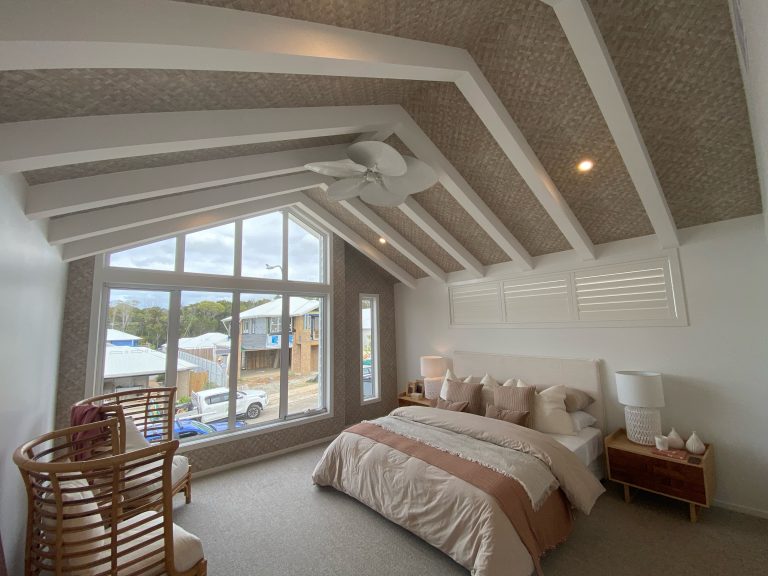
Why decorate with Wellness in Interior Design
We are living in a world post pandemic, during an economic downturn that is stressful for many of us. We all attempt to fit too much in to life, work hard and spend too much of our time inside. There are many external factors that affect our lives and the way we approach life that we can’t do a lot to control. More than three-quarters of adults report symptoms of stress, including headache, tiredness, or sleeping problems.
The World Health Organisation has reported a 25% increase in depression worldwide since Covid hit and an incline in many peoples mental state with the economic crisis now upon us.
What we can control is the way we choose to live. We all know eating healthily and regular exercise go a long way to assist mental health. But how about your home? What if you can integrate certain principles of design, psychology and health to create environments that support and enhance overall wellness. Wouldn’t this in turn help you better face the problems you might be encountering outside the home?
Your home is your sanctuary.
By focusing on creating an interior space that promotes the mental and emotional well-being of the occupants, you can bring into your life wellness interior design. By designing a house mindfully we can improve mood, alleviate stress and support mental clarity. So while this doesn’t help pressure from your boss, the bank or rising interest rates, it means when you come home you come to a place of calm that allows you to recharge. In turn this gives you the right mindset to tackle external problems.
How do we do it!
There are so many ways and some depend on what your needs and circumstances are; are you designing a new home, renovating or simply decorating with purpose?
Let us breakdown some of the main ideas and hopefully you can fit some to your personal situation to create a feeling of calm when you enter your sanctuary and place of security. Let’s dive in to wellness interior design techniques.
Ventilation and Light
Maximizing natural light in interior spaces has been linked to improved mood, better sleep, and enhanced productivity. Good air quality is essential for well-being. Incorporating proper ventilation systems, air purification, and low VOC (volatile organic compounds) materials can contribute to healthier indoor air.
If you live in Queensland, like me, it may be as easy as being able to have bifold doors you can open to let in fresh air whenever possible. Large windows, skylights, and light-diffusing materials can help bring in more natural light. Opening up a hallway to allow more filtered light or knocking down a dividing wall to make a room open plan are ways to renovate or build to create maximum light.
Or simply opening the curtains and windows more often will also contribute to letting in more natural light and air flow.
Biophilic
Biophilic design is a concept that seeks to incorporate elements of nature and the natural environment into indoor spaces. Aim to create a stronger connection between you and nature. This can have various benefits for well-being, productivity, and overall comfort.
Plants not only improve air quality but also create a more visually appealing environment. But look to do more than just bringing in pot plants; incorporate natural materials such as wood, stone or bamboo with furniture. These natural textile materials not only bring a sense of nature indoors but also add texture and warmth to the space.
Bonus points for making them ethically sourced, toxin free and from sustainable sources. Try making a timber feature with a raw wood. You could incorporate this with furniture, benchtops or decoration pieces. You could hang a natural grasscloth or sisal wall covering.
If feasible; include water elements like indoor fountains, water walls, or small ponds. The sound of flowing water can be soothing and contribute to an outdoorsy ambiance. Water features are very popular in Feng Shui as they bring the energy of water into your home and water is a symbol of wealth and prosperity. The flowing water of the water feature helps reactivate life-force of the space, restores balance and produce beneficial yang energy. The ancient art of Feng Shui revolves around the balancing of energies in any given space to bring good health and fortune to the residing people.
You can also create a connection to an outdoors scene by hanging a wallpaper mural featuring a scenescape, trees or a beach. Create a living wall or grow herbs in pots for a kitchen.
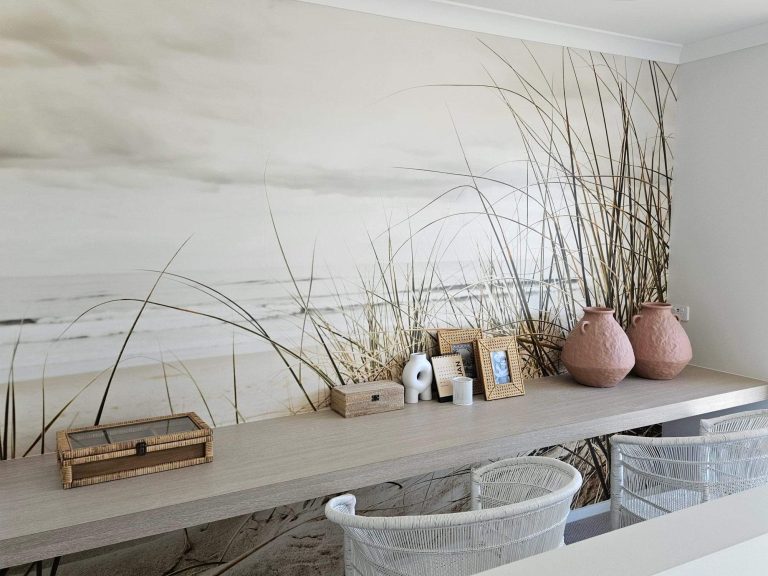
Colour Psychology for Wellness Interior Design
Colour can have varying effects on emotions and mood. As well as impacting productivity, creativity and cognitive function. By using calming colors like blues and greens or warm, earthy tones like tan and terracotta you can create a sense of tranquility and well-being. The colour brown can symbolize resilience and security. Brown can relax the senses. But don’t overuse it, try matching with other natural hues or contrasting with a happy colour like yellow.
Yellow promotes happiness and automatically lifts spirits. With its correlation with sunshine it is best used in this scenario as a bright tone not dull.
Green interiors can lower the levels of hypertension and blood pressure. Greens have the obvious connection to nature which leave (or leaf?!!) you with feelings of protection, safety and comfort. The green tones to use should be sage, olive or aqua. Dark green is associated with greed or jealousy in colour psycology so steer clear of that.
Blue is among one the most calming colours to use in interior design. In fact the most relaxing colour in the world is navy.
Since blue represents rest, the body actually begins to produce natural chemicals that are calming, creating feelings of joy. This makes a blue colour palette perfect for a bedroom.
It is also important to reflect what makes you feel good. So whilst you may use calming colours in the main; if bright red helps you personalize your space reflect this in artwork, wallpaper and décor objects. This can contribute to a sense of ownership and therefore emotional well-being. As red to you may make you feel entirely different to how it makes another person feel. Using vibrant colours like orange in a place where you need to feel energised and passionate like an art studio are a great idea if that is what speaks to you.
Create a Mindful Space
Having a dedicated area to a pursuit such as meditation, yoga or exercise can help relax and alleviate stress. Spaces that encourage physical activity also contribute to better overall physical and mental well-being. Having this area, however small, at home also helps with maintaining the good habit. The need to leave home relegated. Perhaps this might be a child free area in a family home to further promote a calm area.
Or a mindful space to you might mean a cosy corner, your favourite chair and a scented candle to sit and read. Hide technology or have it in a designated area to help you switch off from the world here.
Consider the layout or floor plan. Ideally you want to have a good flow that makes sense to how you live. Preferably with open plan living which has kitchen, dining and a living space together. If you are building from new; high ceilings give the feeling of airy space.
Curves are a great way to create a softer architectural feature. You can also use furniture with curves.
Clean and Tidy
Clutter-free is a must for wellness interior design. Having a cluttered space can lead to a cluttered mind. Have a good clear out of unnecessary items. If they are no longer of use to you, let them go.
Keep your bedroom tidy and clutter free to promote good sleep. Make it habit to make your bed every morning.
Same goes for maintaining cleanliness. Mould, often found in places like window frames or bathrooms, lead to you breathing in microscopic spores . These are bad for your health and can create allergies and respiratory infections.
Wellness Interior Design conclusion
In essence, wellness interior design goes beyond aesthetics to prioritize the holistic well-being of the people using the space. By creating peaceful environments that support physical, mental, and emotional health, wellness interior design can significantly enhance the overall quality of life and contribute to a more balanced and fulfilling lifestyle.

